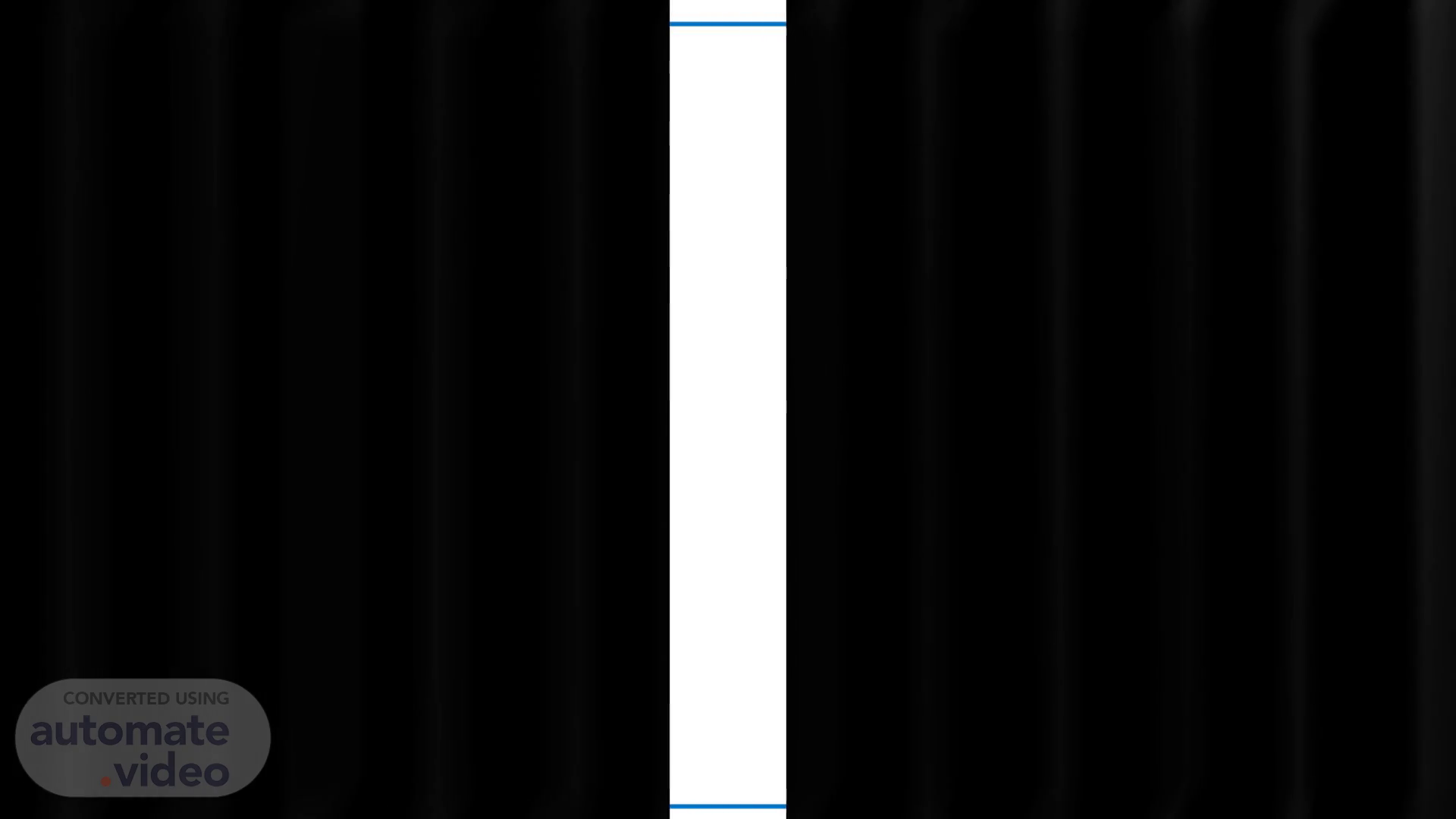Scene 1 (0s)
UNIT 4. BUSINESS DOCUMENTS Suran Rai. 1.
Scene 2 (13s)
Outline of unit. Memo What to write in memo Key characteristics of a memo Types of memo Reports Types of reports Employment communication Difference between Resume and Curriculum vitae Parts of resume Types of resumes.
Scene 3 (26s)
What is a Memo?. A memo is a brief, written communication used within an organization to convey information, updates, or instructions. -Google. an official note from one person to another in the same organization. -Oxford Dictionary. Memos are brief printed documents traditionally used for routine, day-to-day communication within organizations. -Dr. Johnson-Sheehan..
Scene 4 (48s)
What to write in Memo?. MEMORANDUM To: [Recipient's Name(s) and Title(s)] CC: [CC Recipient’s Name and Title] From: [Your Name and Title] Date: [Date] Subject: [Brief and Clear Subject of the Memo] Content - 1. Introduction. 2. Background/Context. 3. Main Content. 4. action Required / Next Step. 5. Conclusion. Attachments. [List any attached documents, if applicable].
Scene 5 (1m 10s)
Key Characteristics of memo. Clear Purpose Concise and Direct Internal Communication Structured Format Simple Language Formal and Informal Tone Focused on Action or Information Data-Sensitive Can Include Attachments.
Scene 6 (1m 23s)
Types of Memo.. 1. Informational Memo 2. Request Memo. 3. Confirmation Memo. 4. Periodic Report Memo. 5. Suggestions Memo. 6. Results Memo..
Scene 7 (1m 39s)
Reports. 7. A report is a written account of something that one has observed, heard, done ,or investigated. It is a systematic and well-organized presentation of facts and findings of an event that has already taken place somewhere. Purpose: The purpose of report writing is to communicate information clearly and systematically to an intended audience. Reports are used as a form of written assessment to find out what you have learned from your reading, research, or experience and to give you the experience of an important skill that is widely used in the workplace..
Scene 8 (2m 6s)
Types of reports. Incident Reports Informational Reports Analytical Reports Research Reports Progress Reports Business Reports Technical Reports Audit Reports Evaluation Reports Personal Reports.
Scene 9 (2m 18s)
Employment Communication. Employment communication involves the exchange of information between employers and employees, covering job expectations, performance, policies, and feedback. It includes tools like memo, emails, meeting, cover letter, curriculum vitae, interview and performance reviews..
Scene 10 (2m 34s)
Difference between Resume and CV. Resume. For other jobs Cover your skills that can help you in your ideal job Not more than one to two pages, maybe three in rare cases May include publications if they're relevant to the job Only include honors and awards if you have nothing else Can be chronological or functional Specific to the job position.
Scene 11 (3m 4s)
Part of Resume.. Full Name and Present profession. Personal statement. Contact Information. Education. Skills. Professional Experience. Certification and Professional Development. Additional Information..
Scene 12 (3m 17s)
Types of resume. 1. Chronological Resume: Focuses on your work history, listing your most recent job first and working backward. Best for people with a consistent work history or growth in their career, especially in the same field. Highlights job experience and longevity. 2. Functional Resume Focuses on skills and experience rather than a timeline of work history.Ideal for people with gaps in employment, career changers, or those with diverse job experiences. Highlights competencies and accomplishments instead of specific job titles..
Scene 13 (3m 42s)
3. Combination (or Hybrid) Resume: Merges aspects of both chronological and functional formats, emphasizing skills first and then providing a concise work history. Great for those with a solid skill set and relevant experience but also want to showcase consistent career growth. Useful for showcasing both capabilities and career progression..
